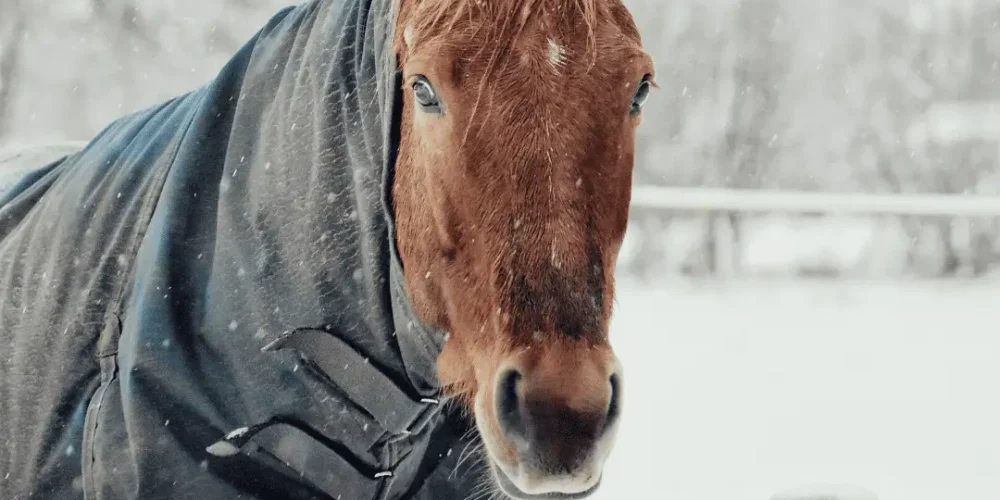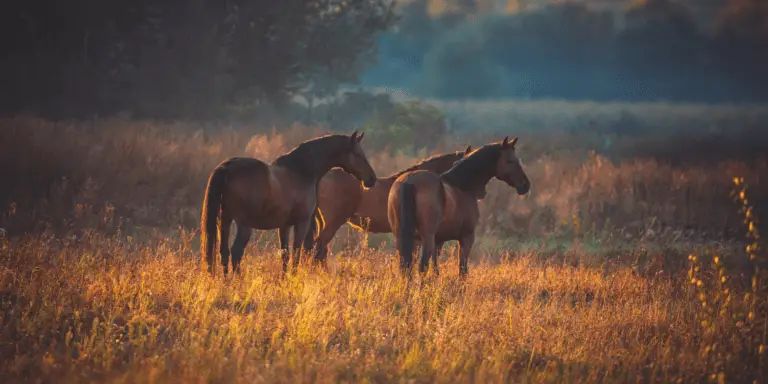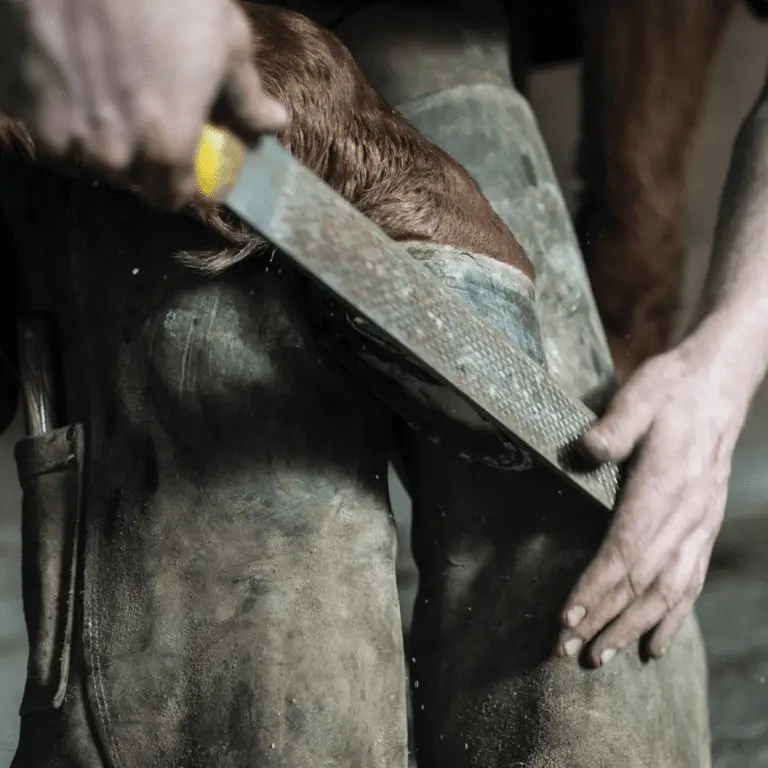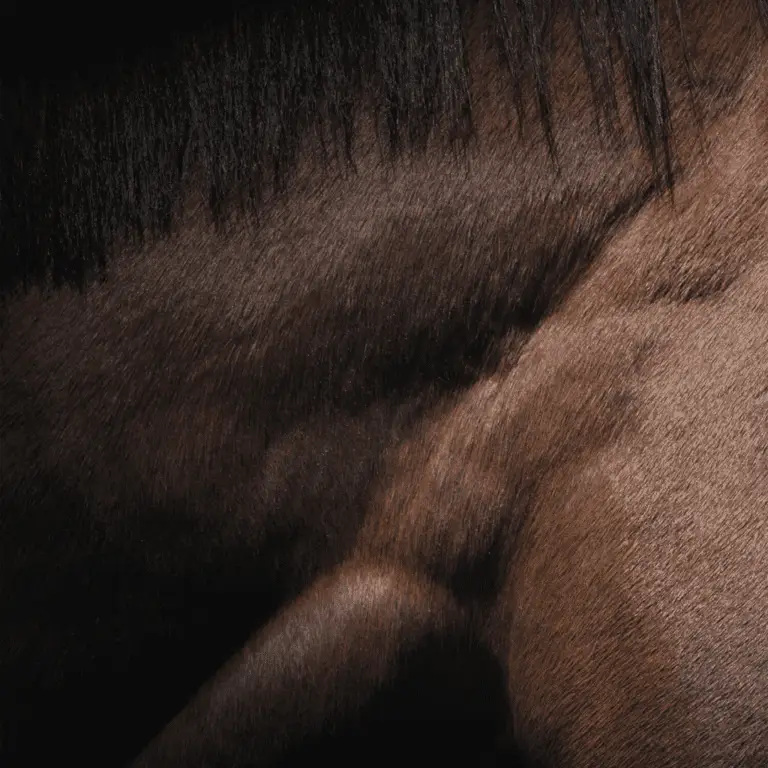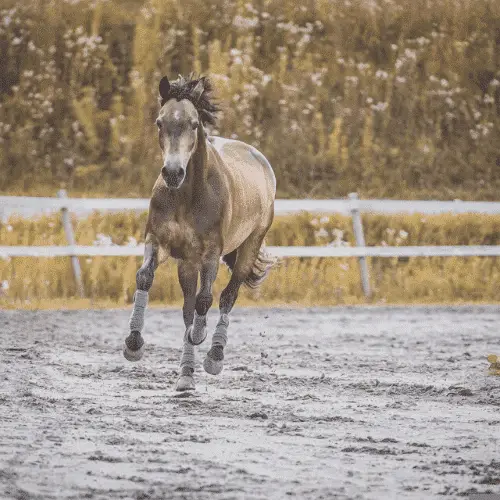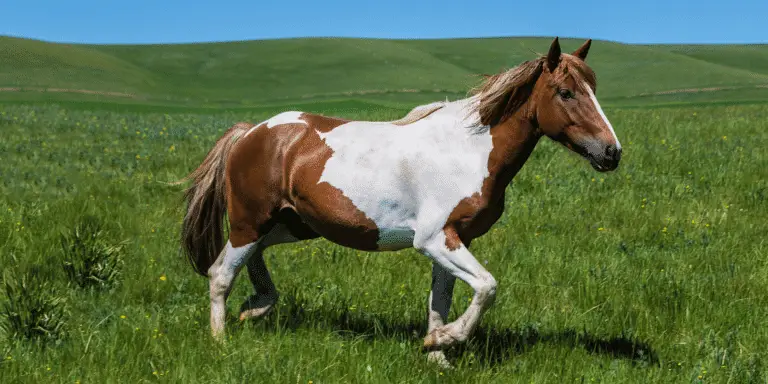
Symptoms on the Horse Body: What Hot Legs, Sore Spots or Digestive Noises Tell You!
When grooming and saddling, you can easily check your horse’s body for symptoms. In this blog post you can read about symptoms of the horse’s body and what they could mean. Everything About Symptoms on the Horse Body A Sore

